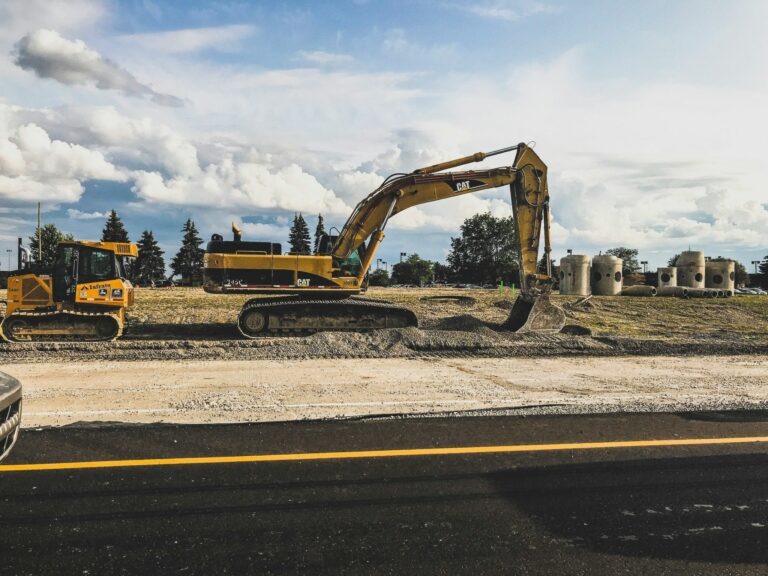Finding the right home can be a difficult, discouraging experience. Prospective homeowners can have long lists of criteria for their ideal home, such as a specific location or certain amenities. The difficulty of finding a home that ticks every box can push some buyers to build their ideal home instead, either with the assistance of a contractor or by themselves.
Regardless of which option you choose, there are inherent risks involved with the project—risks which you need to be adequately covered for. The only sure way to protect your sizeable investment and new, bespoke home is with self-build insurance.
Duties Under the CDM 2015 Regulations
One of the biggest pieces of legislation that governs construction projects is the Construction (Design and Management) Regulations 2015 (CDM 2015).
Under CDM 2015, self-builders are considered domestic clients if they have construction work carried out on their home that is not done as part of any business. Health and safety duties under CDM 2015 do not typically apply to self-build domestic clients—those responsibilities usually pass to one of the following:
- The contractor, if it is a single-contractor project
- The principal contractor, for projects with more than one contractor
- The principal designer, if the self-builder appoints a designer to manage the project and take on the duties of the principal contractor
If self-build domestic clients do not hire any contractors or designers and undertake all the work themselves, the project is considered ‘DIY’ and is exempt from responsibilities under CDM 2015.
However, self-builders are subject to CDM 2015 if they employ workers on-site without a contractor or designer to assume health and safety responsibilities. Self-builders are then responsible for ensuring that work areas and methods are safe.
Under CDM 2015, self-builders fall into one of the following four scenarios:
- The self-builder completes the entire project alone without contractors and lives in the finished home. The project is considered DIY since no one involved is ‘at work’. In this instance, the self-builder has no duties under CDM 2015.
- The self-builder employs a contractor or principal contractor (for projects with more than one contractor) to carry out the construction work and assume their responsibilities. In this instance, the self-builder has no legal duties beyond appointing a principal contractor.
- The self-builder appoints someone to be the designer or principal designer (for projects with more than one contractor) who then takes on client duties on behalf of the self-builder instead of the principal contractor. In this instance, the self-builder has no legal duties beyond appointing a principal designer.
- The self-builder acts as the project manager and takes on the responsibilities of a contractor. The self-builder is therefore required to meet CDM 2015 health and safety requirements.
Common Covers You Need
Whether you are constructing your home yourself or enlisting the assistance of a contractor, protect your new home with a self-build policy. The standard self-build policy typically includes the following covers:
- Employers’ liability: You are liable for workers’ health and well-being. If you appointed contractors, this should be covered under their insurance. Still, ask your contractors to summarise their policies so you know what is and is not covered before work on the project begins.
- Public liability: After you purchase your plot of land, you are liable for any injuries that an individual incurs due to your actions. In addition, you will be covered if a passer-by is injured in an accident as a result of construction.
- JCT Clause 21.2.1 (or equivalent) insurance: This insurance provides cover for injuries and damages caused by the following:
- Collapse, subsidence, landslip and heave
- Vibration
- Weakening or removal of structural supports
- Lowering of ground water
- Contractors’ all risk: This insurance provides comprehensive cover for the following and more:
- Contract works
- Contractors’ and hired-in plant
- Legal expenses insurance: This insurance provides cover for any legal costs such as contract disputes.
Valuable Extensions to Complement Cover
Constructing the ideal home can be pricey, labour-intensive and time-consuming. To help, some insurers may tailor your policy to meet your specific needs.
The following are some common extensions to include:
- Structural warranty provides cover for any faults and defects caused by failures in design, workmanship or materials after the project’s completion, which many not become apparent or readily detectable for years.
- Own and hired-in plant, tools and equipment
- Alternative accommodation costs
- Removal of debris
- Existing structures
Common Exclusions
While the cover available for self-builders may appear to be comprehensive, there are several exclusions. The following hazards are typically excluded from the average self-build insurance policy:
- Certain building alterations or modifications
- Fines or penalties
- Date changes
- Pathogenic organisms
- Radioactive contamination
- Terrorism
This list is not exhaustive and it may be possible to obtain cover for these exclusions in a bespoke policy.
Protect Your Ideal Home with Bespoke Cover
While building your ideal home can be satisfying, there are costly risks associated with the project. But you can mitigate these risks with appropriate, robust cover. Contact us today to discuss how to protect your new home from start to finish.
The content of this Cover Overview is of general interest and is not intended to apply to specific circumstances. It does not purport to be a comprehensive analysis of all matters relevant to its subject matter. The content should not, therefore, be regarded as constituting legal advice and not be relied upon as such. In relation to any particular problem which they may have, readers are advised to seek specific advice. Further, the law may have changed since first publication and the reader is cautioned accordingly. © Zywave, Inc. All rights reserved.














